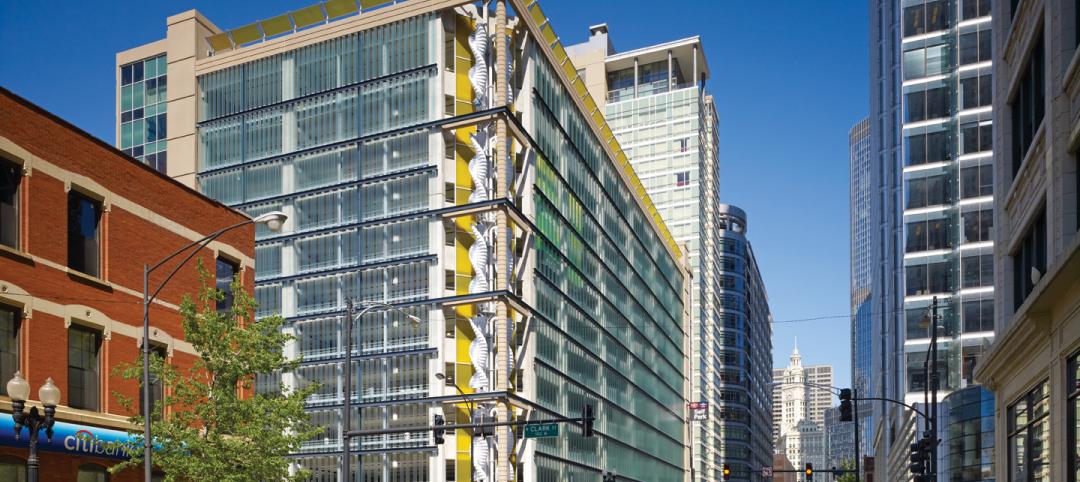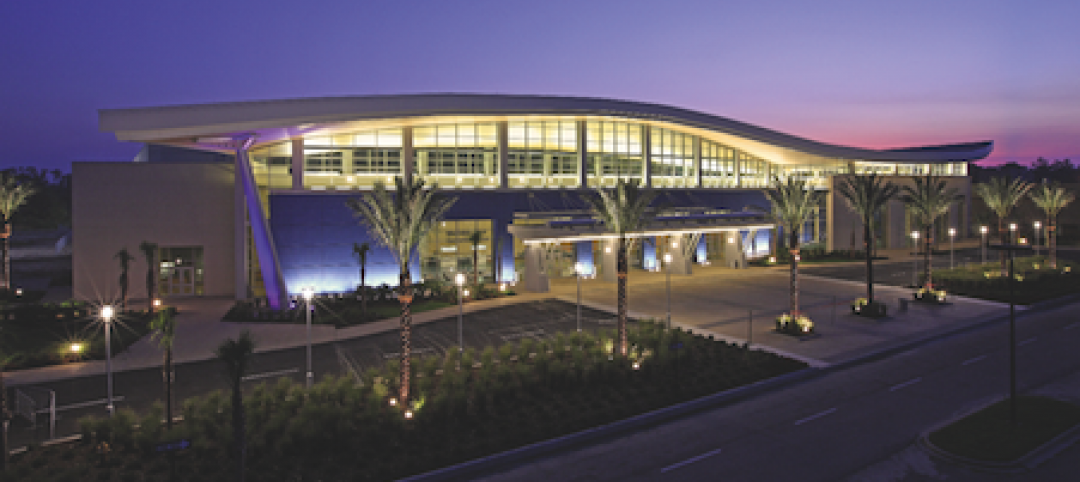Implemented in 2006 and extended in 2008, the solar Investment Tax Credit (ITC) has been invaluable when it comes to propelling solar projects forward. In fact, according to the SEIA, since the ITC went into effect it has helped solar installations in the U.S. grow by more than 1,600 percent – a compound annual growth rate of 76 percent.
Why? The ITC provides a 30 percent tax credit for both residential and commercial solar systems and assists with tax equity-based funding – a huge bonus for the solar community who often can’t fully utilize their tax benefits. For project developers, the ITC has brought both stability and flexibility.
Where the ITC is headed
With the ITC set to drop to 10 percent at the start of 2017, growth in the solar industry is expected to decrease significantly, leading organizations to worry what they will do when left with less subsidy support.
With the step down of the ITC looming on December 31, 2016, component prices, EPC models, development strategies, etc. are shifting as building design and construction professionals rush to get projects built.
 Solar abounds in the forward-facing Fujisawa
Solar abounds in the forward-facing Fujisawa
Market adapting to meet demand
With a hot deadline fast approaching, there’s no time for inefficiency. The solar community is beginning to adopt new financing models that help streamline the process so that solar can be implemented smoothly and remain the cost-effective solution that lower panel prices and the rise of Power Purchase Agreements have allowed it to become. In addition, financing innovations and green bonds have emerged, playing a key role in the industry today. With Panasonic’s streamlined solutions that integrate everything, from financing to long-term operations and maintenance, barriers are overcome and solar power is put into place, right in the nick of time.
The light at the end of the tunnel
Despite ITC concerns, the industry is pushing forward with new, innovative ideas. Smart cities that provide communities with everything they need to be sustainable are on the rise. In Japan, Panasonic has created the Fujisawa Sustainable Smart Town, where we offer our unique solutions from an Eco & Smart perspective by providing eight smart services – energy, security, mobility, healthcare, and community. With this concept, local residents can live a clean, sustainability-centered lifestyle.
Smart energy storage systems are also on the rise, making up roughly two percent of U.S. generation capacity – a number that is expected to grow. As more and more companies begin the large-scale introduction of renewable energy to their facilities and the grid, smart energy storage systems are becoming crucial. Why? They act as a stabilizer for intermittent renewable assets, serve as a backup power source in the event of a power outage, and help customers save money by avoiding premium pricing during peak demand.
With an eye on the horizon, we’re moving toward a future full of solar opportunity.
To learn more about Panasonic Eco Solutions, please visit us.panasonic.com/solarsolutions.
Related Stories
| Nov 2, 2010
Wind Power, Windy City-style
Building-integrated wind turbines lend a futuristic look to a parking structure in Chicago’s trendy River North neighborhood. Only time will tell how much power the wind devices will generate.
| Oct 13, 2010
Biloxi’s convention center bigger, better after Katrina
The Mississippi Coast Coliseum and Convention Center in Biloxi is once again open for business following a renovation and expansion necessitated by Hurricane Katrina.
| Sep 13, 2010
Stadium Scores Big with Cowboys' Fans
Jerry Jones, controversial billionaire owner of the Dallas Cowboys, wanted the team's new stadium in Arlington, Texas, to really amp up the fan experience. The organization spent $1.2 billion building a massive three-million-sf arena that seats 80,000 (with room for another 20,000) and has more than 300 private suites, some at field level-a first for an NFL stadium.
| Aug 11, 2010
Nurturing the Community
The best seat in the house at the new Seahawks Stadium in Seattle isn't on the 50-yard line. It's in the southeast corner, at the very top of the upper bowl. "From there you have a corner-to-corner view of the field and an inspiring grasp of the surrounding city," says Kelly Kerns, project leader with architect/engineer Ellerbe Becket, Kansas City, Mo.
| Aug 11, 2010
AIA Course: Enclosure strategies for better buildings
Sustainability and energy efficiency depend not only on the overall design but also on the building's enclosure system. Whether it's via better air-infiltration control, thermal insulation, and moisture control, or more advanced strategies such as active façades with automated shading and venting or novel enclosure types such as double walls, Building Teams are delivering more efficient, better performing, and healthier building enclosures.










